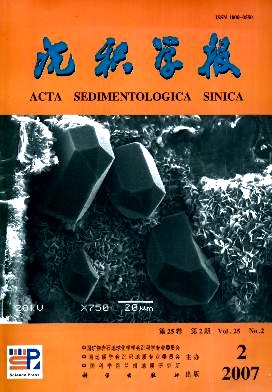Characteristics and Geological Significance of Seismites of the Yanchang Formation, Upper Triassic, Ordos Basin
- Received Date: 1900-01-01
- Rev Recd Date: 1900-01-01
- Publish Date: 2007-04-10
-
Key words:
- Ordos Basin /
- Upper Triassic /
- seismite /
- characteristics /
- geological significance
Abstract: Many earthquakerelated seismites were discovered in the Chang 6Chang 8 of the Yanchang Formation, Upper Triassic, southern Ordos Basin. Having surveyed the cores of wells, many typical deformation structures were discovered, such as synsedimentary micro fractures, stone veins, vibration liquefaction, deformation structure, earthquake breccia and loadcasts and ballsand pillows types, etc. The complete vertical sequence of seismite of Well Ta 17, which include shattered rock bed, laddershaped faulted bed, vibration liquefaction deformation structure bed, liquefied sandstone vein bed, rubble bed and homogenized bed. The discovery of seismite can be used to interpret the tectonic evolvement of the basin. In Late Triassic, with the closing of Qinling and the sea slot of Southern Qilian, the southnorth thrust band appeared strong activity. It was the direct inducing factors of the seimodeposition in Yanchang Formation.and provided the evidence for the turbidite of Chang 6Chang 8 of the Yanchang Formation, southwestern Ordos Basin, and the outsider trigger mechanism of the turbidite is earthquake activity.
| Citation: | XIA Qingsong. Characteristics and Geological Significance of Seismites of the Yanchang Formation, Upper Triassic, Ordos Basin[J]. Acta Sedimentologica Sinica, 2007, 25(2): 246-252. |






 DownLoad:
DownLoad: